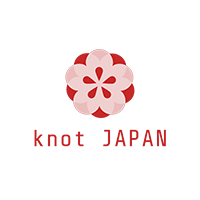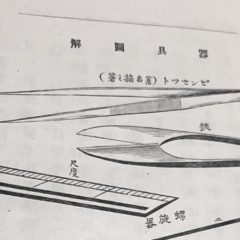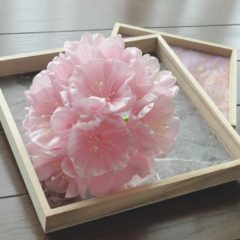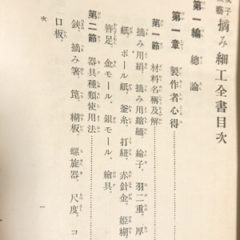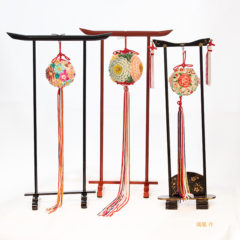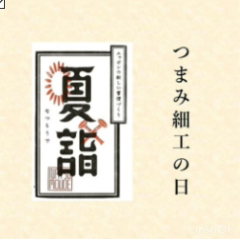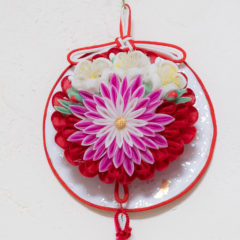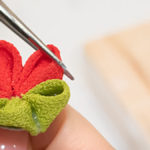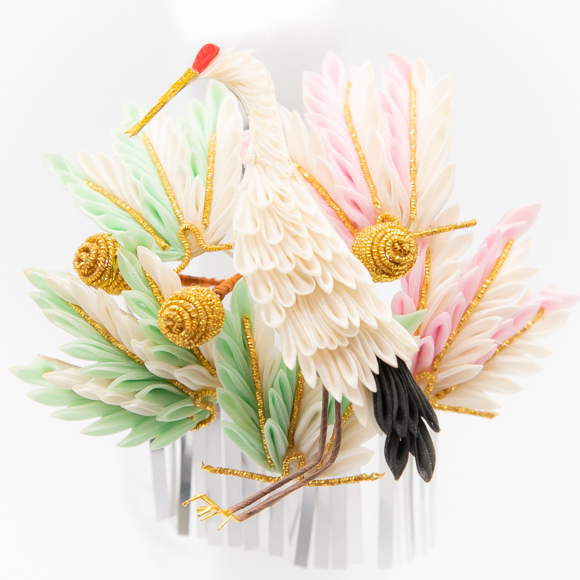
Tsumami is a traditional craft designated by Tokyo. So why isn’t Japanese traditional craft?
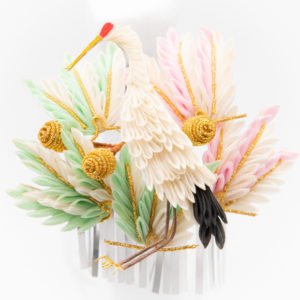
There are five requirements for traditional crafts.
- Primarily used in everyday life.
- Main part is handmade.
- Followed by traditional (more than 100 years) technology or techniques.
- Traditional (more than 100 years) natural raw materials should be used.
- Production area is formed. (over 10 companies or have more than 30 workers in certain area.)
Although there are only small numbers of Tsumami Artisans, they are in all over the country. However, requirements No 5 only applies in Tokyo, so this is the reason Tsumami is not designated as Japanese traditional craft.
In the first place, the designation of traditional crafts is not automatically done by the Ministry of Economy. Production area needs to apply to Ministry of Economy to be designated traditional craft.
In other words, if the production area doesn’t move actively, even the history of the craft is more than100 years old, it will not be recognized as a traditional craft.
There are many wonderful traditional crafts other than Tsumami in Japan. Japanese government should be more proactive in supporting so that we can preserve tradition and pass it on to the next generation.
I would like to continue my activities to preserve and inherit Tsumami in a way that I can do.
